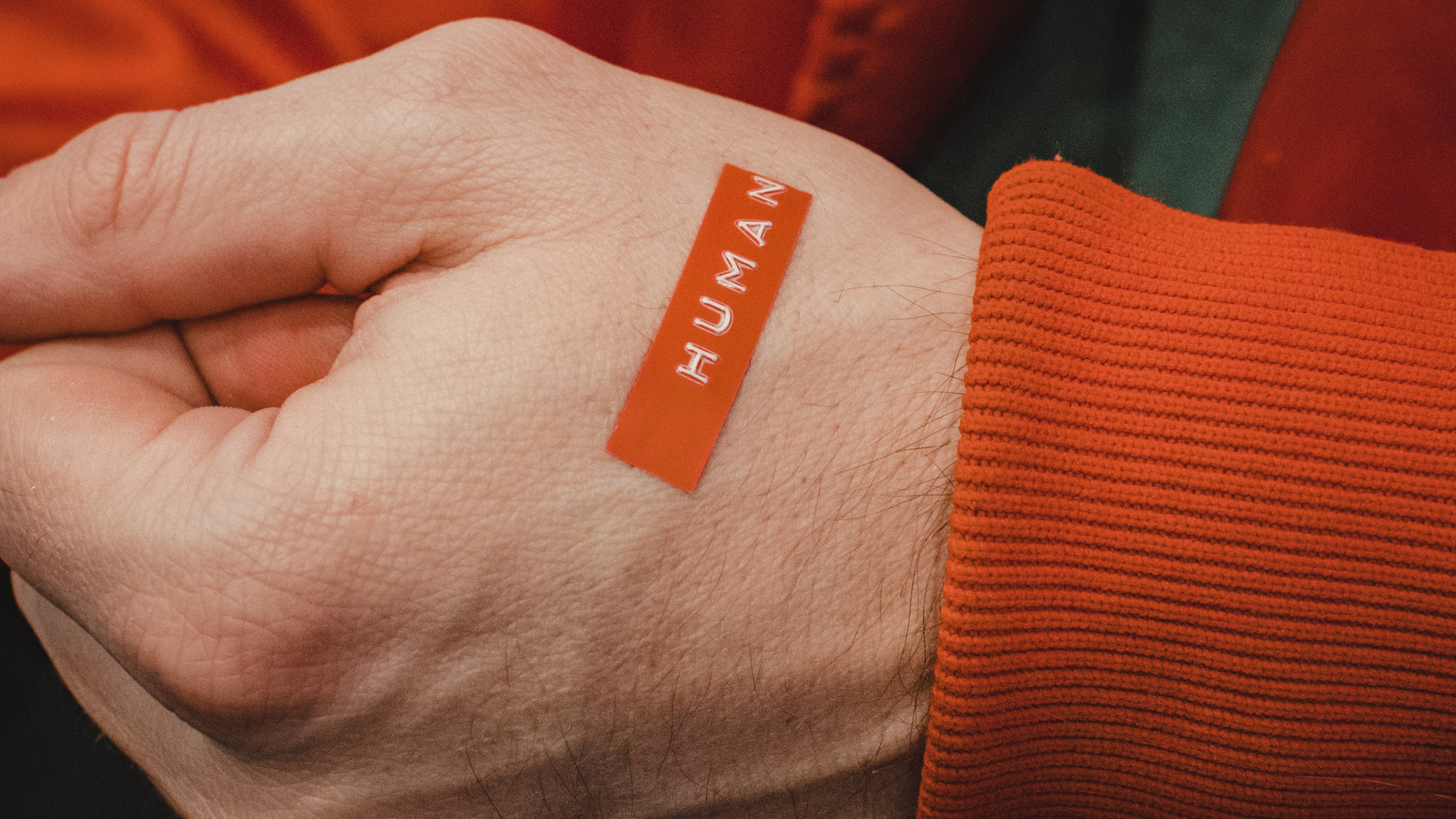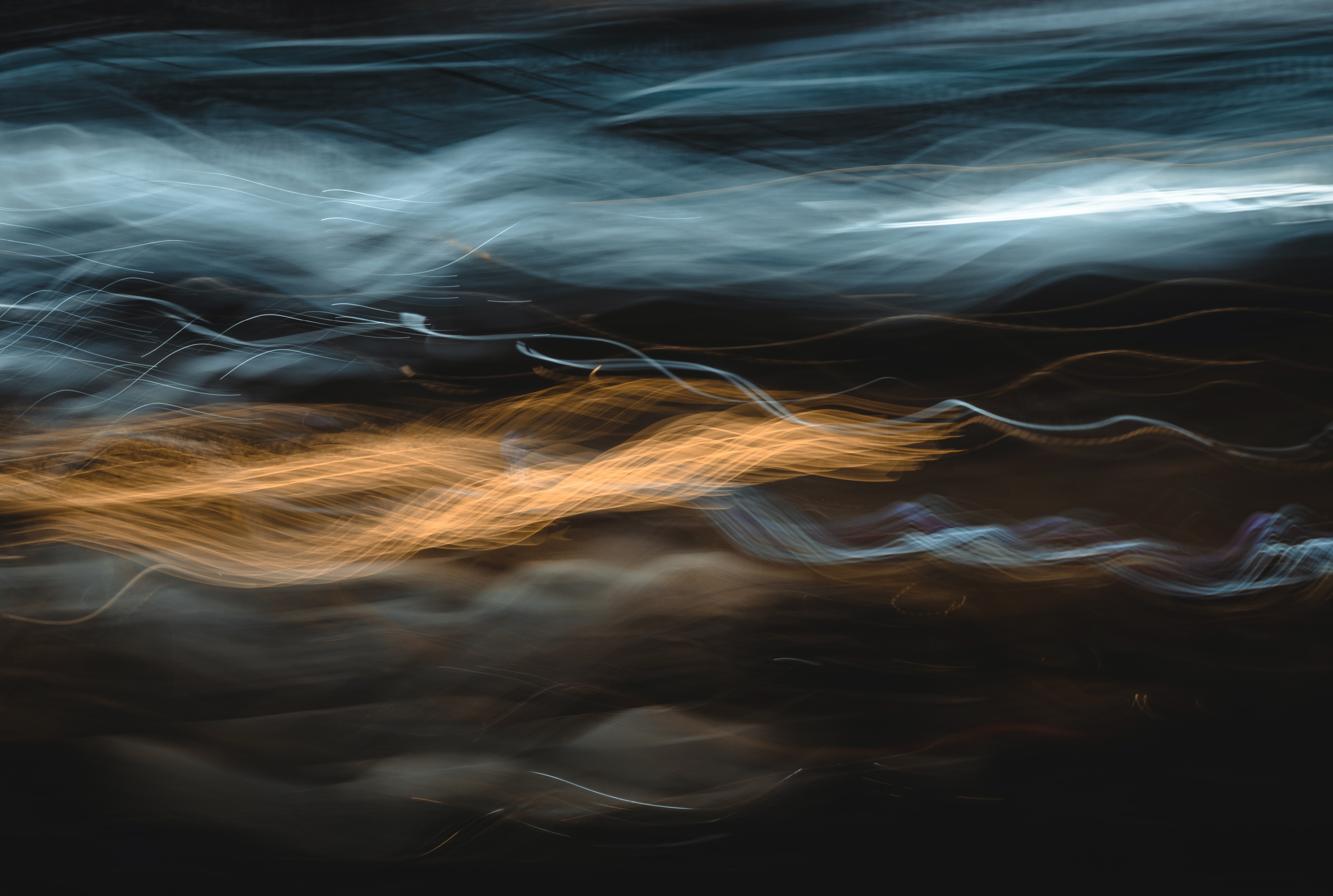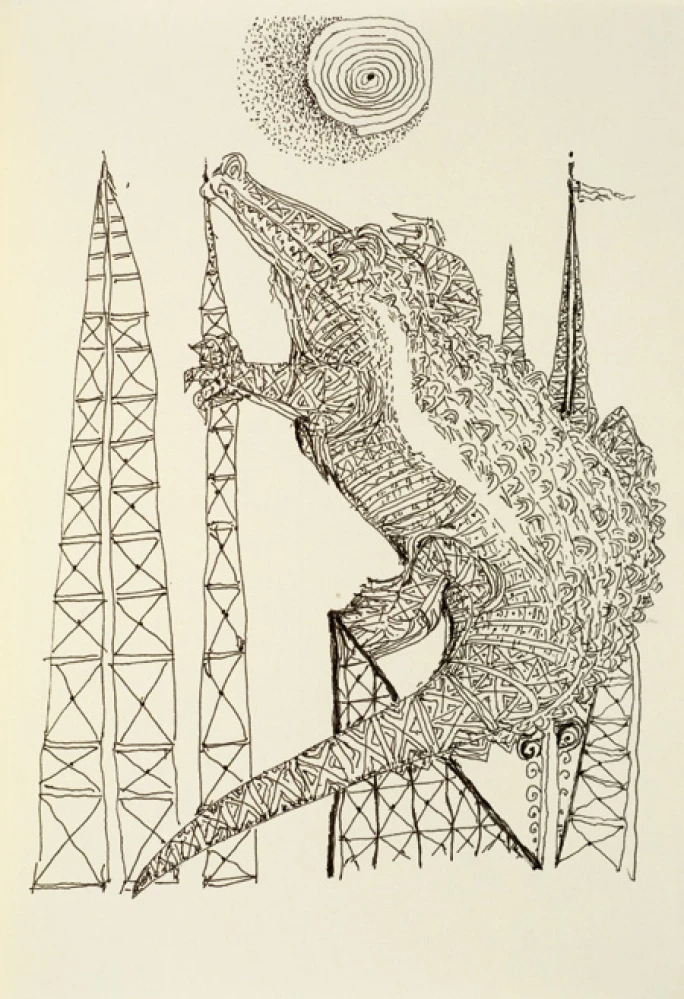In Agents and Arts: Cobot Relationships, the School of Cybernetics is exploring how the performance arts can inform our understandings of the performance of agency in AI-enabled cyber-physical systems, and can provide useful models for designing future relationships between people and autonomous systems.
The project is in collaboration with the Australasian Dance Collective (ADC), and specifically on ‘Lucie in the Sky’, the collective’s world-first artistic project in which quadcopter drones are choreographed using human and other animal movement patterns to perform with human dancers. In this performance, human and drone dancers perform together as pairs, bringing intimacy to human-drone interactions, and departing from the typical ways that drones have been choreographed in swarms for artistry and entertainment. ADC is the lead partner on a successful RISE grant awarded in 2021.
The arts are often a space where complex systems, their elements, and their interactions are considered and re-framed for public audiences. In the history of cybernetics, and in the ways that the school is reinvigorating cybernetics for the 21st Century, the arts actively inform, shape and create relationships among people, the technology systems we create and environments. While Oscar Wilde’s 1889 insight that “life imitates art far more than art imitates life”, has been transformed in more recent years into many variations on the proclamation of a particular form of art (science fiction) inspiring life (science fact), many forms of performance, conceptual and other art traditions also powerfully shape our presents and our futures.
For this project, the School of Cybernetics considers the role that dance may have in shaping the ways we use technology in the world, as well as how we might design technologies for a future world. Our research focuses on how human-drone pairings, in the context of performance, might unsettle our current assumptions and open up pathways to imagining a yet unscripted future of human-drone pairing in other sectors and contexts.
To learn more about this project, contact: Professor Alex Zafiroglu or Associate Professor Catherine Ball


